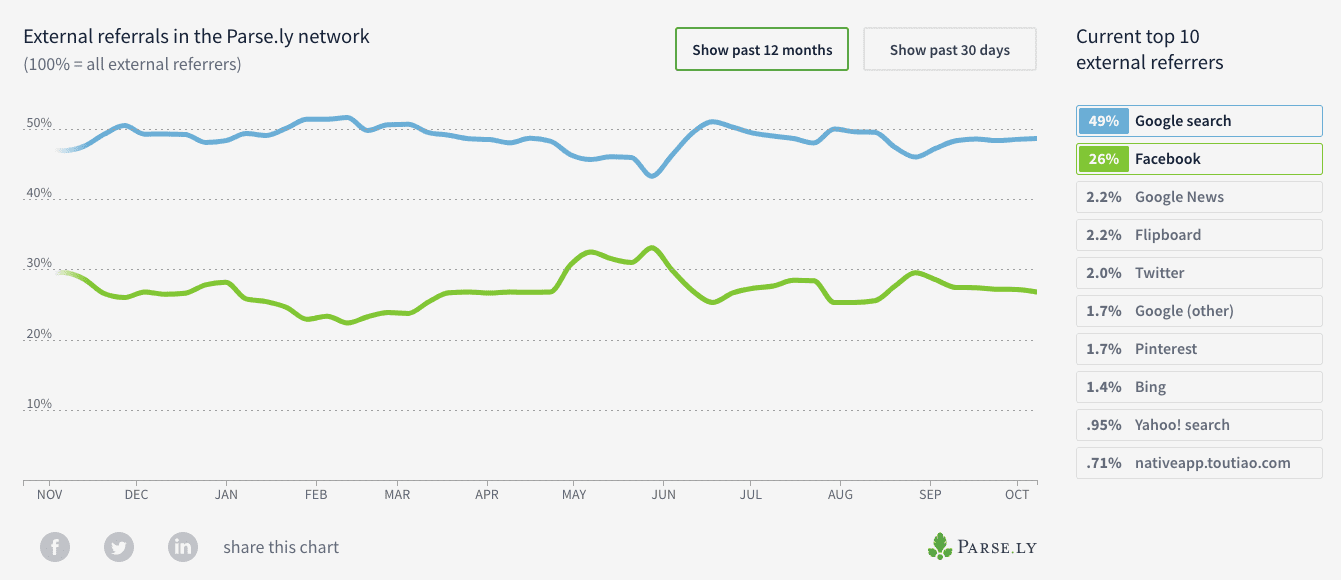|
Getting your Trinity Audio player ready...
|
Digital media content consumption continues a steady mid-double-digit percentage growth, reports MediaPost.
Pivotal Research Group’s analysis of Nielsen’s August 2018 data shows a substantial rise in the consumption of digital content, across laptops, desktops, tablets
Media consumption growth was pegged at 15% YoY, equivalent to 34 billion person-hours.
According to Brian Wieser, Senior Analyst at Pivotal, industry leader Google remains higher, with second-place Facebook showing erosion.
Google’s properties, including YouTube, racked up 32.8% of digital media consumption. These accounted for 56% of the growth in overall consumption of digital content.
YouTube by itself grew at over 20%.
Facebook properties, including Messenger, Instagram and WhatsApp, was at 14.3% of all digital consumption, down from 16.9% last year. Facebook’s company-wide usage declined 13%.
This widening gap between Google and Facebook is also evident from the referral trends in the Parse.ly network over the last 12 months.

Right now, Google Search delivers almost 50% of all external referral traffic to Parse.ly’s customers—a list of prominent publishers that includes Time Inc., Condé Nast, HuffPost
In the Nielsen data, Verizon properties, including Yahoo, AOL
Amazon, including Twitch and Audible, followed next, with a 1.8% share compared to 2.1% the year before.
Snap was also down, 1.5% versus 1.8% in the previous year, although Wieser cautions that since this data does not include under-18 audience, that “could have a more significant impact on the company’s overall usage trends.”
Takeaway for publishers?
Right now, Google’s position, both from volume and growth standpoints, seems impregnable. Facebook’s decline, on the other hand, has been significant.
It’s evident where publishers need to focus on for best results in referrals and content consumption.


